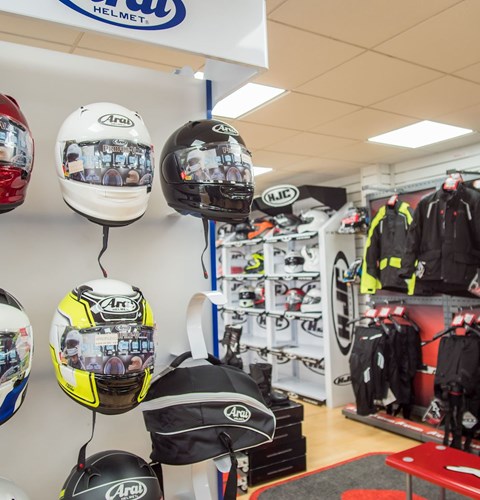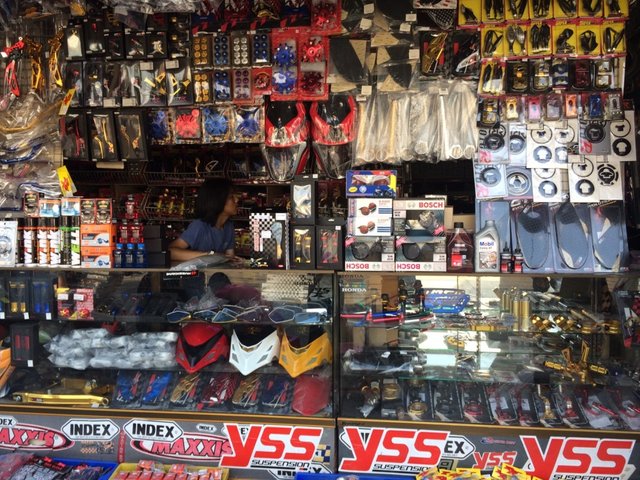Unleash Performance with Costs Motox Parts NZ Available Below
Unleash Performance with Costs Motox Parts NZ Available Below
Blog Article
Mastering Motorcycle Gears: Just How to Enhance Your Riding Experience
In the realm of motorcycling, mastering the art of equipment control is vital for improving your riding performance. Properly recognizing and using motorbike gears can significantly influence control, velocity, and gas performance, transforming an average experience into a smooth, thrilling journey. By including accurate change timing and adapting equipment selection to numerous roadway problems, riders can make certain optimal engine efficiency and safety. The subtleties of clutch control, throttle coordination, and gear auto mechanics beckon a deeper expedition, promising to open the complete potential of your maker. How can these methods be harnessed to genuinely maximize your riding experience?
Understanding Equipment Mechanics
At the core of bike dynamics, gear mechanics play a pivotal duty in transforming engine power into activity, eventually dictating rate and control. The gear ratios, carefully made, figure out the relationship in between engine transformations and wheel turns, impacting velocity and fuel performance.
Comprehending equipment mechanics starts with recognizing the value of the gearbox, which houses numerous gears of differing dimensions. These gears engage through a procedure referred to as meshing, where teeth of various gears involve to transmit power. The precision of this communication is crucial; any type of misalignment or damage can bring about inefficient power transfer, preventing performance. Furthermore, the arrangement and size of equipments influence the motorbike's ability to deal with various loads and speeds.
In addition, the concept of gear changing is integral to making best use of performance. Prompt and smooth changes make certain that the engine operates within its optimal power band, stopping unnecessary strain and improving durability (motorbike shop). By understanding these mechanical details, cyclists can attain an unified mix of efficiency, power, and control, elevating their riding experience
Timing Your Changes
Change timing mastery is vital for maximizing bike efficiency and improving the riding experience. Appropriately timed shifts guarantee that the engine operates within its optimum power band, which is critical for keeping control, attaining smooth velocity, and making sure the durability of the motorcycle. Riders must develop an intuitive feeling of when to move equipments, which includes recognizing the partnership in between engine revolutions per minute (RPM) and speed.
To master shift timing, pay very close attention to the engine's sound and really feel, as these give crucial ideas about when to change equipments. The excellent shift point typically takes place when the engine approaches the top series of its power band without reaching the redline. Moving prematurely can bring about a lack of power, while changing far too late might trigger unneeded engine stress
In addition, road conditions and riding design impact change timing. In contrast, throughout freeway riding, less changes at greater speeds can be much more proper.
Enhancing Gas Efficiency
While understanding motorcycle gears is vital for efficiency, boosting gas efficiency is equally essential for both financial and environmental reasons. Ideal fuel usage not just lowers functional prices but also reduces the environmental impact of riding. To attain this, one have to recognize the detailed relationship between equipment option and engine performance.
To start with, picking the best gear at suitable speeds can substantially affect gas usage. Riding in a greater equipment at lower rates can lead to engine hauling, which is harmful to both gas economic climate and engine health. Conversely, riding in lower equipments at high rates causes unneeded fuel consumption. Thus, keeping an optimum equilibrium by moving gears in alignment with roadway problems and expected maneuvers is vital.
Furthermore, routine upkeep plays an essential function in gas effectiveness. Making sure that the motorcycle is well-tuned, with tidy air filters and effectively blew up tires, can improve aerodynamics and minimize fuel wastefulness. Adopting a riding design that accepts gradual acceleration and smooth slowdown can add to better gas economy.

Techniques for Smooth Transitions
Accomplishing smooth gear changes is fundamental to improving the second hand dirt bikes for sale near me riding experience and guaranteeing the durability of a motorcycle's transmission system. Proper equipment moving not just adds to a seamless adventure but likewise decreases damage on the mechanical components. To grasp the art of smooth changes, riders need to concentrate on a few essential strategies.
Secondly, clutch control plays a critical function. Engaging and disengaging the clutch smoothly needs method. The clutch lever ought to be released slowly, permitting a smooth transfer of power from the engine to the wheels without creating a shock or abrupt motion.

Adjusting to Roadway Conditions
Navigating varied road conditions is a critical ability for any type of motorcyclist intending to preserve control and safety. Whether you're riding on wet surface areas, gravel roadways, or navigating sharp turns, your capacity to adapt your gear use and riding technique is critical. Recognizing just how to readjust your equipments properly can significantly impact grip and stability, making certain a more secure journey.
In comparison, when riding on gravel or unequal surface, lower gears are more effective. Lower gears give better control and enable you to react more quickly to unanticipated changes in the road surface area.
Sharp contours demand accurate gear monitoring to balance speed and control. Downshifting prior to getting in a curve can help preserve energy while ensuring the motorcycle stays steady throughout the turn. Constant method in diverse conditions boosts your ability to forecast and react to changes in roadway appearance and slope.
Final Thought
Understanding motorcycle gears substantially boosts the riding experience by boosting gas, control, and velocity performance. A comprehensive understanding of gear auto mechanics and exact change timing makes sure the engine runs within its ideal power band, while smooth shifts with efficient clutch and throttle sychronisation boost comfort and performance. Adjusting equipment selection to numerous roadway problems, such as using higher see page equipments on damp surface areas and lower equipments on gravel, additional improves handling and safety. Ultimately, these skills boost the total trip.
Recognizing gear mechanics starts with recognizing the value of the transmission, which houses multiple equipments of varying dimensions. These gears connect with a process understood as meshing, where teeth of different equipments involve to transmit power motorcycle starter motor (moto parts nz). Mild adjustments to the throttle throughout gear changes can avoid jerky motions and maintain a regular riding rate
Whether you're riding on wet surface areas, gravel roadways, or navigating sharp turns, your capability to adjust your gear use and riding technique is extremely important. Adapting equipment selection to different roadway conditions, such as utilizing greater gears on damp surface areas and lower gears on crushed rock, further improves handling and safety and security.
Report this page